In a recent meeting with officials from the central bank, the International Monetary Fund (IMF) raised concerns about the Six-month Moving Average Rate of Treasury (SMART) bill formula's efficacy in managing inflation. The IMF also sought clarification on the central bank's plan to transition towards a market-based lending rate model, departing from the SMART rate formula, according to senior central bank officials who attended the meeting.
The SMART rate formula, designed to determine the weighted average interest rate of six-month (182 days) treasury bills, has not yielded the anticipated decrease in inflation, as noted by the IMF during the meeting. The IMF expressed skepticism about tying the treasury bill rate to the lending rate and proposed shortening the timeframe for calculating the SMART rate.
Currently, the lending rate is determined by adding 3% to the SMART rate, which averages over six months. However, the IMF suggested that using a shorter average period would result in a higher lending rate, officials explained.
Meanwhile, discussions also touched upon Bangladesh's Balance of Payments (BOP), with the central bank assuring the IMF that there would be no deficit in the Financial Account by FY25. Plans to reduce the deficit by FY24 were outlined, emphasizing anticipated foreign loan instalments and diminished payment pressures.
Regarding the exchange rate mechanism, the central bank discussed the potential adoption of the "Crawling Peg" approach but acknowledged uncertainties about its effectiveness. Officials emphasized ongoing research in this area and the possibility of transitioning away from the fixed exchange rate.
Furthermore, the IMF expressed satisfaction with the central bank's efforts to reduce bad loans, citing a total of 17 action plans aimed at decreasing defaulted loans and enhancing governance. The IMF applauded the circular aligning the overdue period of IMF term loans with international agreements.
Despite these discussions, disparities in calculating gross reserves were noted, with Bangladesh Bank's data indicating $25.32 billion, while IMF's BPM-6 calculation suggested $19.97 billion. These discussions underscore ongoing efforts to address economic challenges and adopt effective monetary policies in Bangladesh.



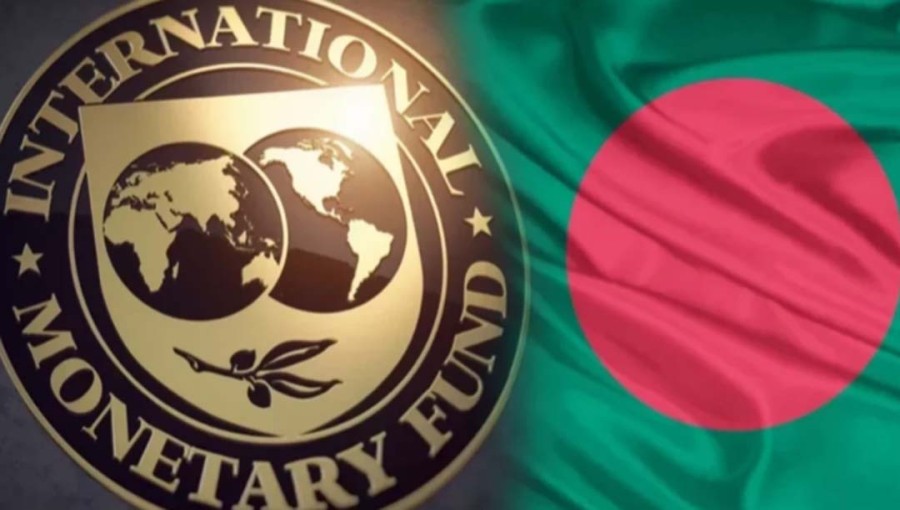
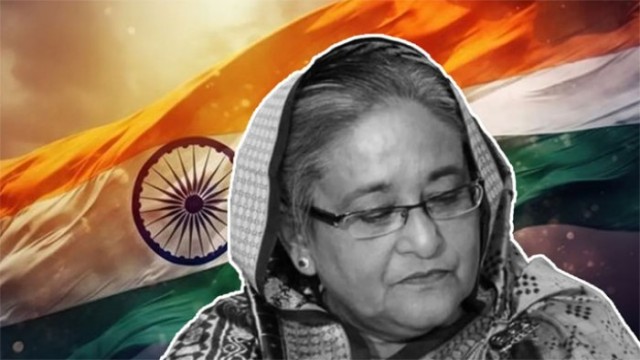
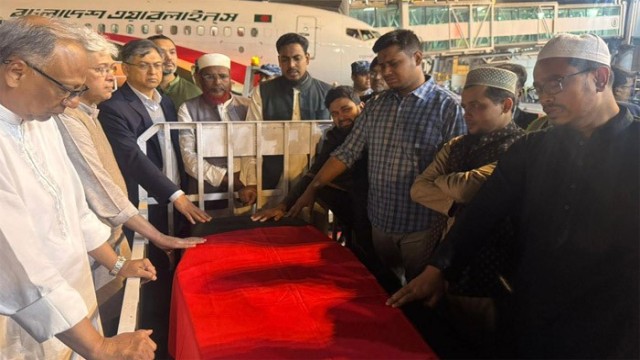
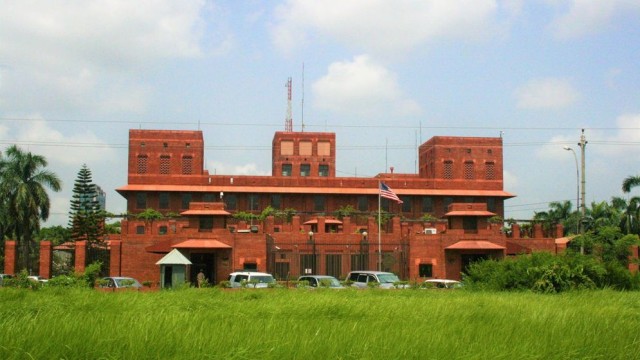



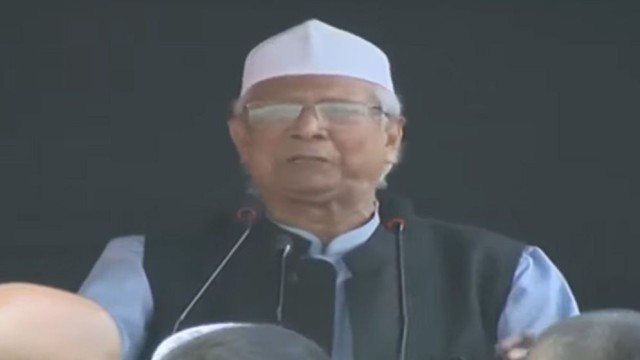
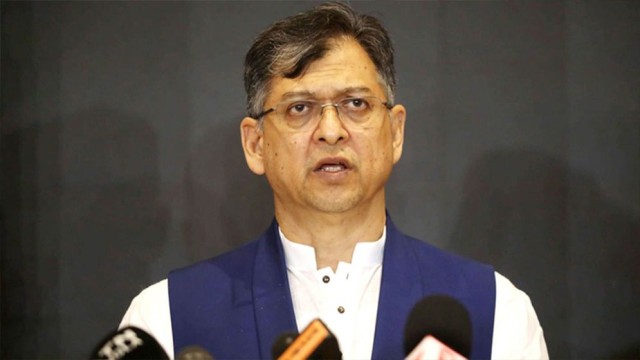





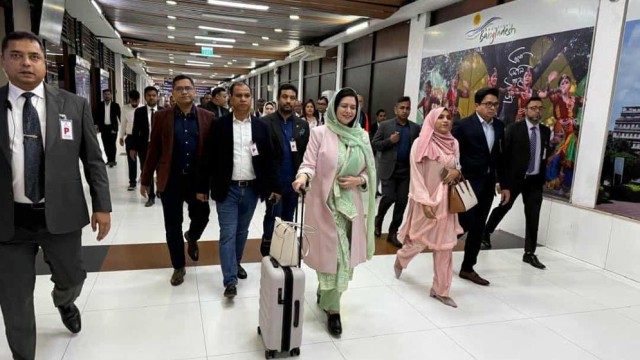













Comment: